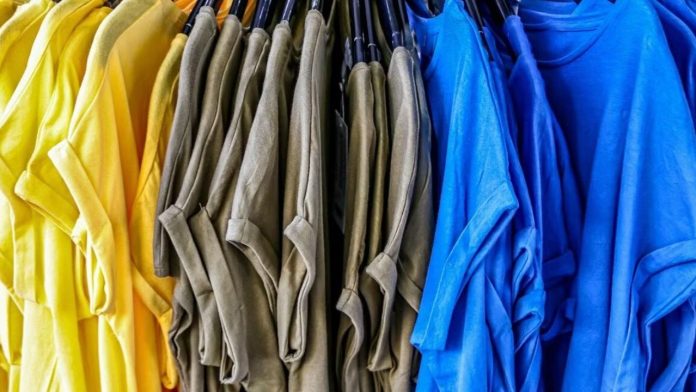Modal fabric is a lush, high-performance, and nature-friendly fabric that emerged in the world of textiles and rather quickly took its place there. Usually confused with cotton or rayon, a semi-artificial fabric such as modal is produced out of the pulp of beech trees by balancing the process of creating a soft and sustainable fabric. Determined to find what is modal fabric made of that is comfortable, functional, and environmentally responsible. More consumers have discovered that Modal has developed a solid reputation. However, what makes it different in comparison with other fabrics?
Great Tactility and Sultriness
Such a feature as the softness of modal is one of the most striking differences. Although cotton is famous because it is soft and breathable, modal goes next-level with comfort. It is silky and easily spreads to give a very soft feeling on the skin. Modal is manufactured out of fine fibers that produce a surface that is even smoother than the other fabrics, both natural and synthetic. This renders modal as the perfect selection of lounge wear, inner wear, bed sheet, and any product in which priority is given to comfort above all.
Moisture Control and Breathability
As opposed to other artificial fibers, modal is exceptionally breathable. It is breathable, and, thus, it is ideal to wear on warm days and be on the move. It is also very good at being moisture-wicking. The ability to hold about 50% more moisture than cotton means that modal gives the body enough room to be dry and comfortable. This self-regulating capacity of body temperature and control of sweating is one of the reasons why it is often incorporated in athletic and performance garments.
Life and Shape Preservation
The durability of modal fabric is also very excellent, which distinguishes it from other similar soft materials such as rayon or bamboo blends. It does not shrink, fade, or pill even when stressed through frequent laundry. The difference between modal and cotton fibres is that the former retains its shape and elasticity, unlike the latter, which loses its shape over time. What this means is that it is a very durable alternative that maintains its appearance and feel over a long time, and indeed a good choice when it comes to regular day wear as well as home linens such as sheets and pillow cases.
Eco-Friendly Production
Although modal is technically a semi-synthetic fiber, it is considered one of the sustainability choices in the contemporary textile industry. Modal is manufactured using beech trees and is much less water-intensive in cultivation than cotton. Environmentally friendly fabric recycling, chemical re-use, and emission minimization are some of the ways that many outstanding modal fabrics are produced. In such instances, brands utilizing the services of certified manufacturers such as Lenzing Modal guarantee that the woven clothes are of high quality, sustainability, and ethical standards.
Multi-Purpose Selection
The modal fabric strikes a compromise between the luxurious and the practical. It is soft, breathable, and long-lasting, which makes it the go-to material in all that it offers, with its uses spilling over into fashion-forward apparel and high-quality home textiles. To consumers who are looking to buy a fabric that is not only functional but also beautiful and environmentally responsible in a lot of ways, modal is distinctively different by far.
Conclusion
In conclusion, modal fabric provides a special blend of softness, durability, and sustainability. This makes this fabric distinguish itself from any other. Whether used in clothing or home textiles, the value and versatility of the product characterize the garment as fashionable, comfortable, and sustainable, with a responsible and environmentally conscious approach.

